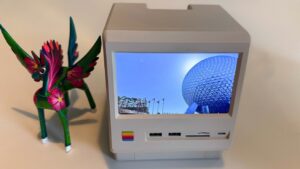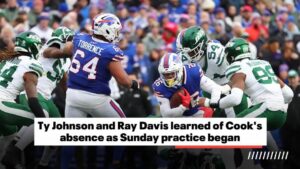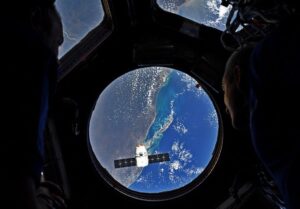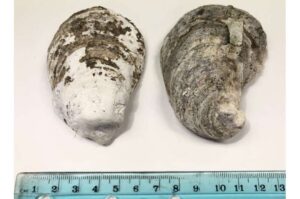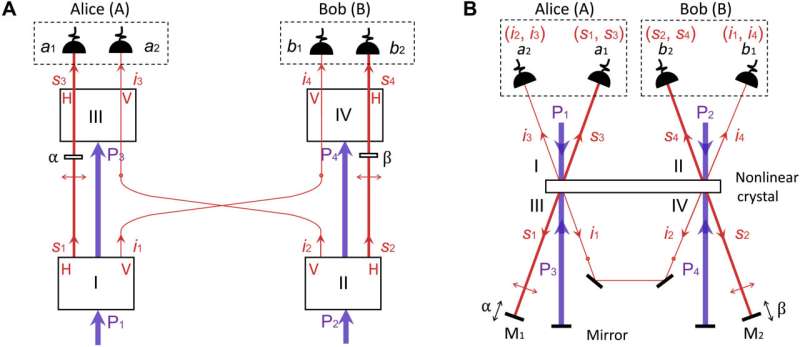
A groundbreaking experiment has revealed that quantum correlations can occur without the need for entangled particles. This study, published on August 4, 2025, in Science Advances, challenges long-held beliefs about quantum mechanics by demonstrating that nonlocal effects can emerge under specific conditions.
Traditionally, the phenomenon known as quantum entanglement has highlighted correlations between two particles where measuring one immediately affects the other, regardless of distance. Albert Einstein famously referred to this as “spooky action at a distance.” In classical physics, nothing can travel faster than the speed of light, leading to questions about how entangled particles could influence each other instantaneously.
In this new research, a team led by Kai Wang explored whether nonlocal correlations could be produced using photons that were not entangled. The experimental setup involved directing laser light at a specialized crystal, which produced indistinguishable photons. The critical aspect of this setup was that the photons could not be identified as originating from a specific source before being detected at two separate locations.
By applying Bell’s inequality, a fundamental test in quantum mechanics, the researchers aimed to assess local realism—the idea that information cannot travel faster than light. Remarkably, their findings indicated a violation of Bell’s inequality, exceeding the threshold by more than four standard deviations. This significant result suggests that the observed correlations stem from something other than entanglement, specifically a property termed quantum indistinguishability by path identity.
The authors of the study expressed their enthusiasm, stating, “Our work establishes a connection between quantum correlation and quantum indistinguishability, providing insights into the fundamental origin of the counterintuitive characteristics observed in quantum physics.”
While the results are promising, the researchers acknowledged some limitations of their experiment. For instance, the reliance on post-selection—detecting only certain photons—could lead to potentially misleading conclusions. Additionally, issues related to a locality loophole were identified, stemming from the inadequacies in the separation of detectors’ phase settings.
The authors are keenly aware of these challenges and are eager to address them in future experiments. They noted, “We expect that tailored loopholes and local hidden variable to the work reported here can be identified, but also expect that they will be consistently excluded by hardware improvements of high-quality quantum photonic devices and experiments.”
They also anticipate that their findings could pave the way for innovative experiments, potentially influencing the design of future Bell experiments. The researchers remain optimistic about the prospects of quantum mechanics prevailing in these explorations.
In summary, this study not only expands the understanding of quantum mechanics but also opens new avenues for research in the field. As the scientific community continues to investigate these phenomena, the implications for technology and fundamental physics could be profound, further blurring the lines between classical and quantum worlds.



